Rhodium plating transforms your white gold’s grayish-yellow tint into a brilliant, pure white finish that’s both stunning and protective. You’ll benefit from its exceptional hardness that shields against scratches, corrosion resistance that maintains pristine appearance, and hypoallergenic properties that prevent skin irritation. The electroplating process bonds a 0.75-1.0 micron layer in seconds, creating mirror-like reflectivity. While you’ll need replating every 12-24 months, the enhanced durability and brightness make rhodium essential for achieving white gold’s full potential and visual appeal.
Understanding Rhodium’s Unique Properties and Benefits
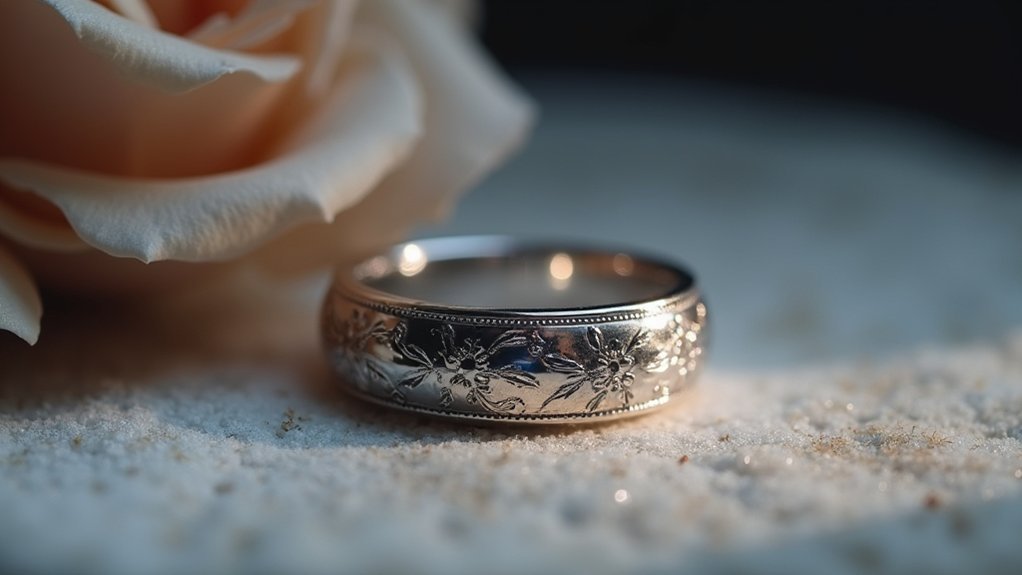
When you examine rhodium-plated white gold jewelry, you’re looking at one of the most remarkable metals in the platinum family.
Rhodium transforms ordinary white gold into a brilliant, bright white metal that catches light beautifully. This precious metal offers exceptional hardness that protects your jewelry from daily wear and tear, preventing scratches and dents that would otherwise damage softer gold surfaces.
Rhodium’s exceptional hardness and brilliant white finish elevates ordinary white gold into stunning, scratch-resistant jewelry that radiates luminous beauty.
The electroplating process bonds rhodium to your jewelry’s surface, creating a hypoallergenic barrier that prevents skin irritation from nickel alloys.
You’ll appreciate rhodium’s superior corrosion resistance, which keeps your pieces looking pristine. Since plating gradually wears away with regular use, you’ll need your jewelry re-plated every 12 to 24 months to maintain its stunning appearance and protective benefits.
The Electroplating Process That Transforms White Gold
Three essential steps transform your white gold jewelry through rhodium electroplating.
First, you’ll need thorough cleaning to guarantee proper bonding between the rhodium plating and your white gold jewellery’s surface.
Next, your jewelry gets dipped into a specialized solution containing sulfuric acid and rhodium sulfate. During this electroplating process, a positive electrical current allows rhodium to bond effectively within 30-60 seconds.
The resulting layer measures 0.75 to 1.0 microns thick—any thicker risks cracking. This precise coating creates a brilliant reflective surface while providing superior resistance to scratches and corrosion.
However, you must handle gemstones carefully during the process to prevent damage. The electroplating method specifically targets rhodium application, transforming your jewelry’s appearance and durability considerably.
Enhanced Durability and Scratch Resistance for Daily Wear
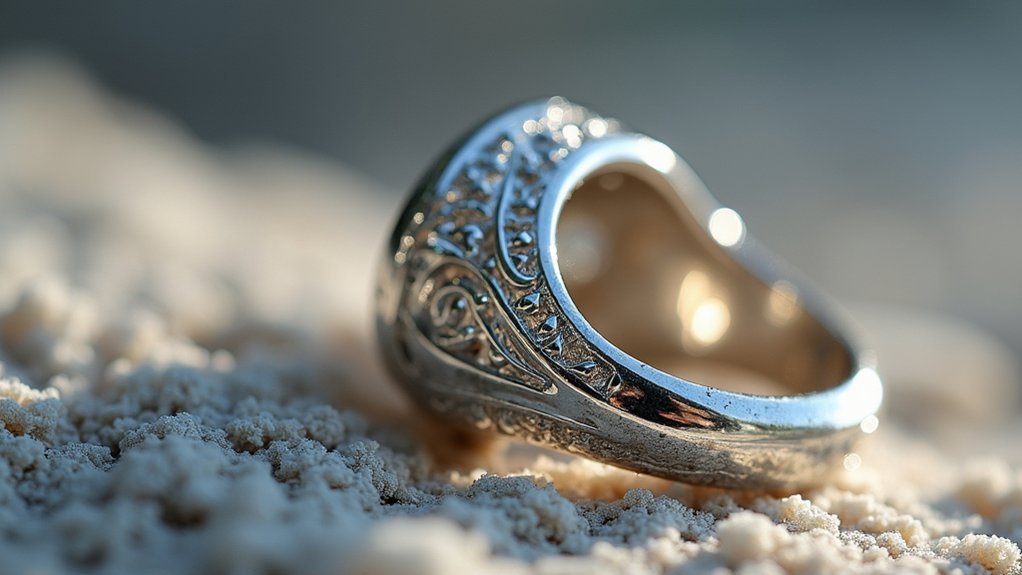
Several key advantages make rhodium plating essential for jewelry you’ll wear every day.
The plating process transforms your white gold pieces by applying a protective layer that’s considerably harder than gold itself. This enhanced durability means your jewelry withstands the constant friction and impacts of daily wear without showing signs of damage.
Your rhodium-plated pieces gain exceptional scratch resistance, maintaining their pristine appearance despite regular exposure to abrasive surfaces.
The coating also provides superior corrosion resistance, protecting your investment from moisture and chemicals you encounter daily.
- Scratch Protection: Rhodium’s hardness prevents surface damage from everyday activities
- Extended Lifespan: Enhanced durability reduces wear patterns and preserves jewelry integrity
- Maintenance Schedule: Replating every 12-24 months guarantees continued protection and brilliance
Achieving the Perfect Bright White Appearance
Beyond protection, rhodium plating delivers the stunning bright white finish that makes white gold jewelry truly enchanting.
When you apply a thin layer of rhodium to your white gold pieces, you’re transforming their natural grayish-yellow tint into a dazzling, pure white appearance. This reflective quality creates an extraordinary shine that greatly enhances your jewelry’s visual appeal.
Without rhodium plating, your white gold would display that underlying yellow gold alloy color, which diminishes its aesthetic impact.
The rhodium’s brilliant surface not only maximizes brightness but also shields against scratches and tarnishing that could dull the finish.
You’ll need replating every 12 to 24 months to maintain this perfect bright white appearance and prevent any yellowish hues from developing over time.
Maintenance Requirements and Longevity Expectations
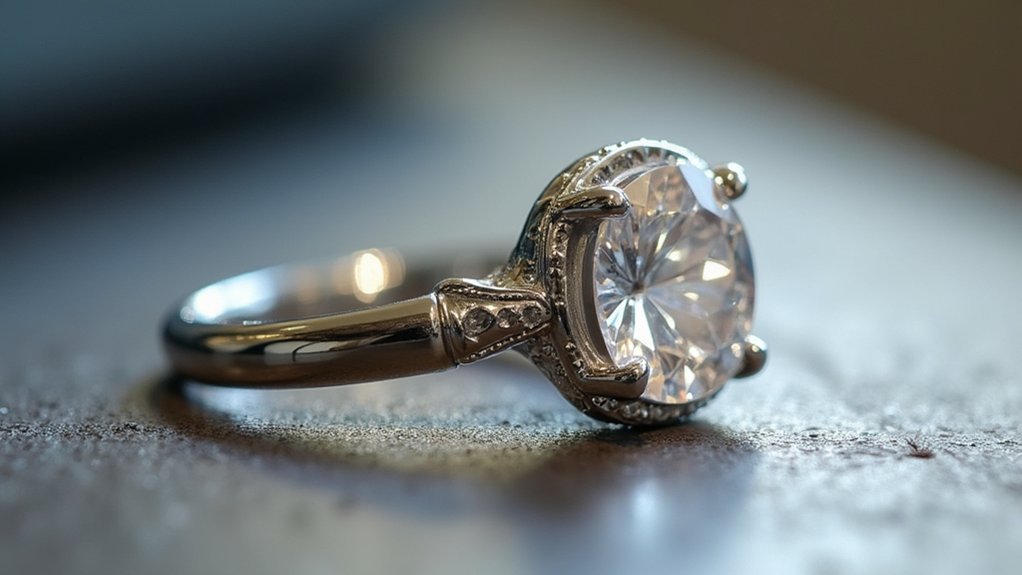
Understanding the lifespan of your rhodium plating helps you plan for proper jewelry maintenance and budget accordingly.
Your rhodium plated white gold jewelry typically lasts 12-24 months before showing signs of wear. If you have engagement rings or pieces worn daily, you’ll need re-plating every 1-3 years to maintain their pristine appearance.
Daily-worn rhodium plated jewelry requires re-plating every 1-3 years to preserve its brilliant white gold appearance.
The ultra-thin rhodium layer (0.75-1.0 microns) gradually wears down with regular use. Exposure to harsh chemicals accelerates this process, reducing longevity considerably.
To maximize your plating’s lifespan:
- Clean jewelry with mild soap and avoid abrasive products
- Remove pieces before swimming, cleaning, or exercising
- Schedule professional inspections to assess re-plating needs
Professional jewelers can identify when maintenance is necessary by spotting yellowish hues or diminished shine in your white gold pieces.
Frequently Asked Questions
Why Does White Gold Need to Be Rhodium Plated?
You’ll need rhodium plating because white gold naturally has a grayish-yellow tint from its gold alloy base. The rhodium creates that bright white finish you’re expecting while protecting against scratches and corrosion.
Can You Get White Gold Without Rhodium?
You can definitely get white gold without rhodium plating. Natural white gold alloys using palladium or silver create beautiful pieces that won’t need re-plating and develop an attractive patina over time.
How Often Should You Rhodium Plate White Gold?
You should rhodium plate your white gold jewelry every 12-24 months. If you wear pieces daily like wedding rings, you’ll need replating more frequently than occasional-wear items that retain their coating longer.
What Is the Downside of Rhodium Plating?
You’ll face costly maintenance every 1-2 years, exposure to toxic chemicals during plating, potential jewelry damage from repeated processes, uneven wear revealing yellow undertones, and ongoing inconvenience requiring professional services.
In Summary
You’ll find rhodium plating isn’t just optional for white gold—it’s essential for achieving that stunning appearance you expect. Without it, you’d notice your jewelry looking dull and yellowish over time. The plating process gives you enhanced durability, scratch resistance, and that brilliant white shine that makes your pieces truly sparkle. While you’ll need occasional re-plating, rhodium transforms ordinary white gold into extraordinary jewelry that’ll last for years.


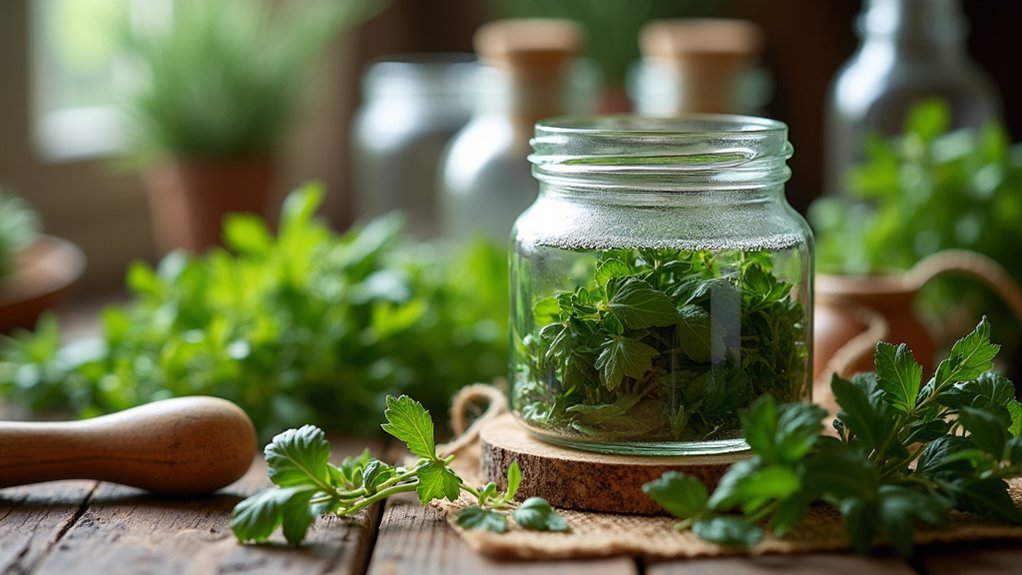
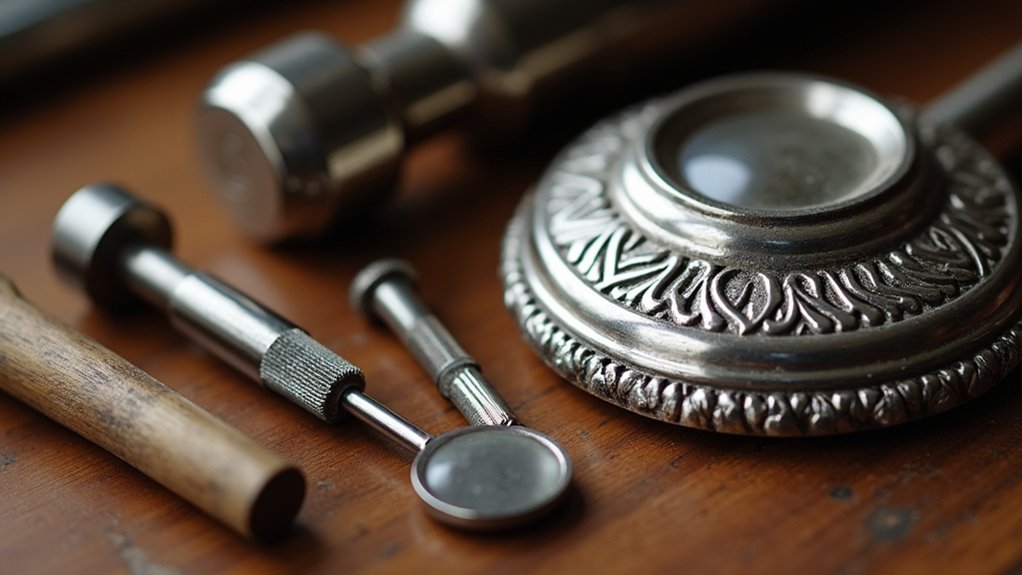
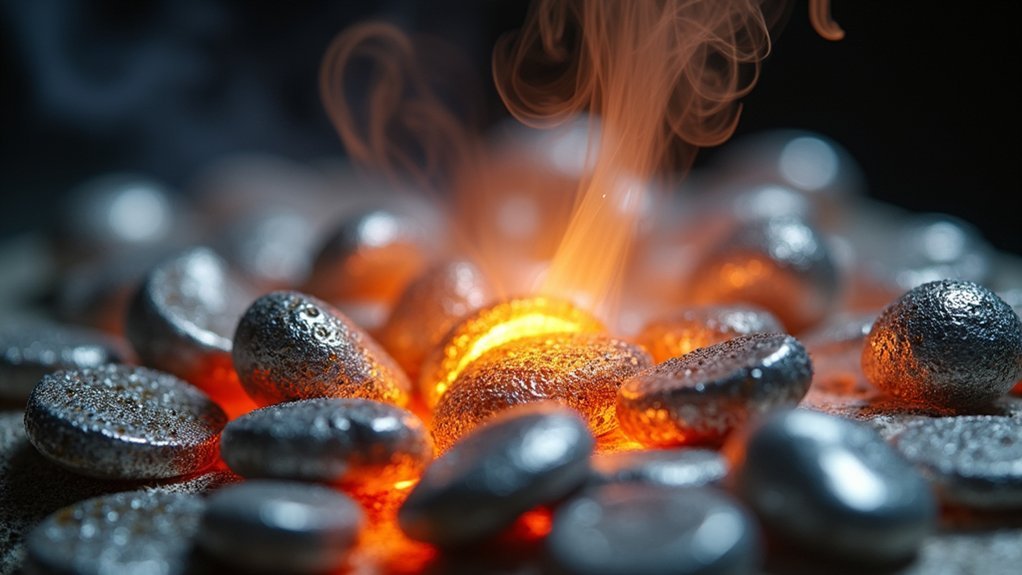
Leave a Reply